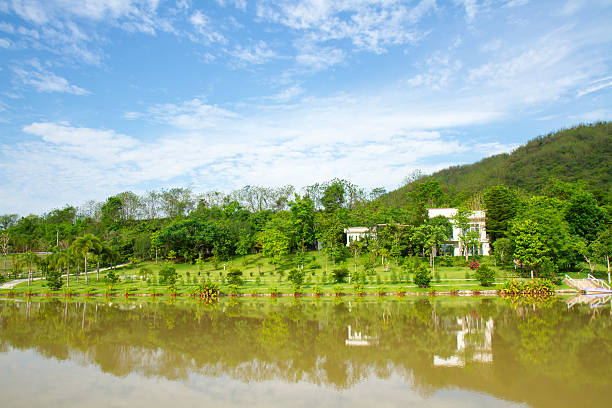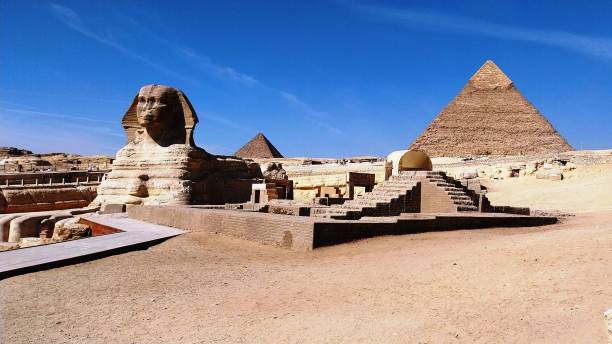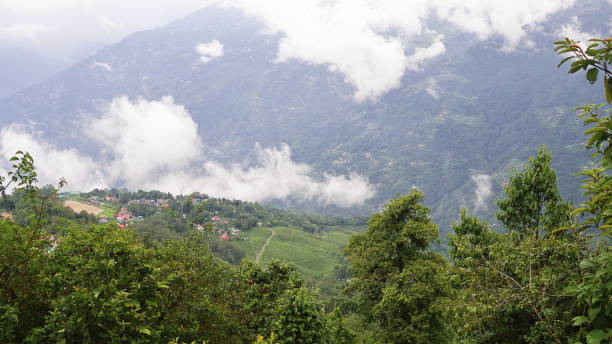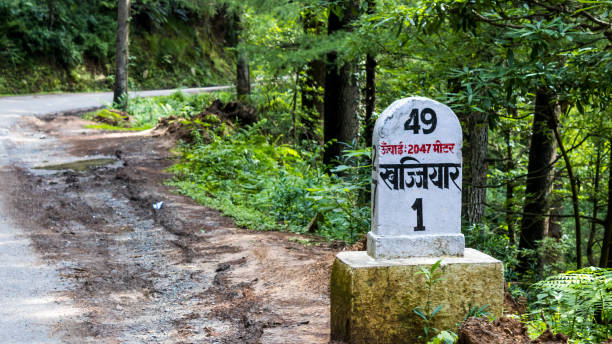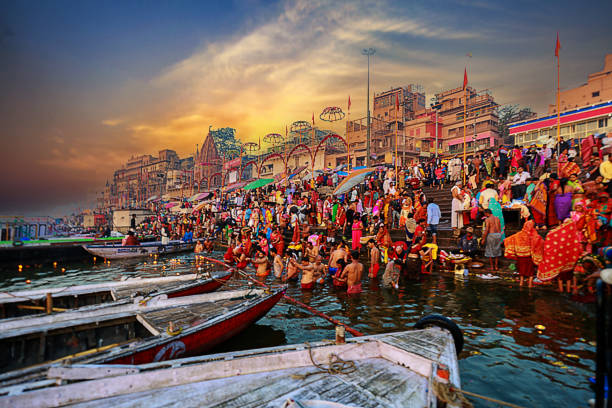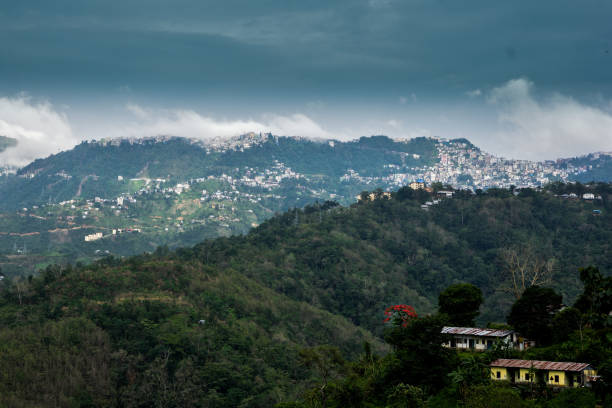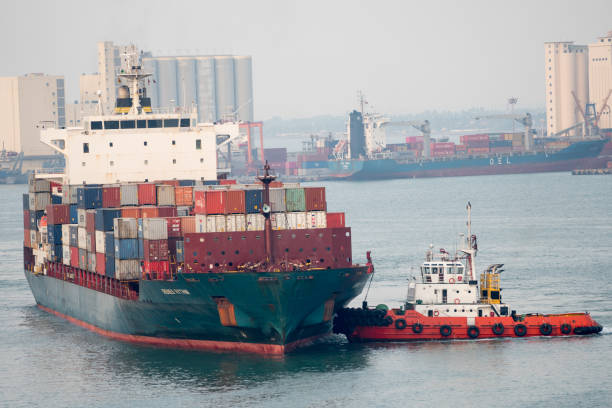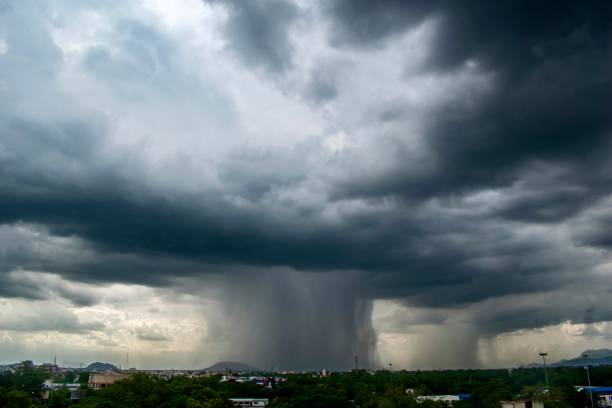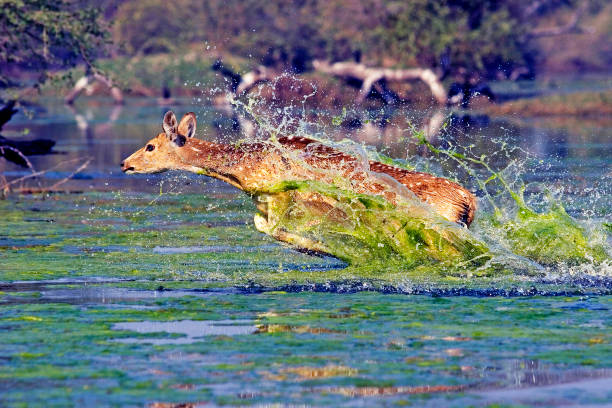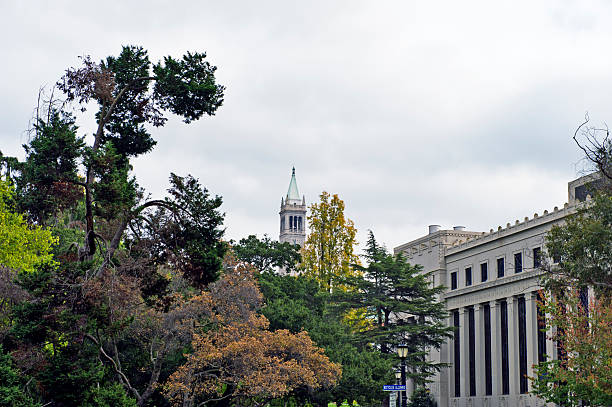The Importance and Recognition of Wetland Cities in India
Showcasing Indore and Udaipur's Commitment to Wetland Conservation

Wetlands are places where water plays a major role in regulating the surrounding ecosystem and the flora and fauna. When the land is covered by water or the water table is at or close to the surface, they happen.
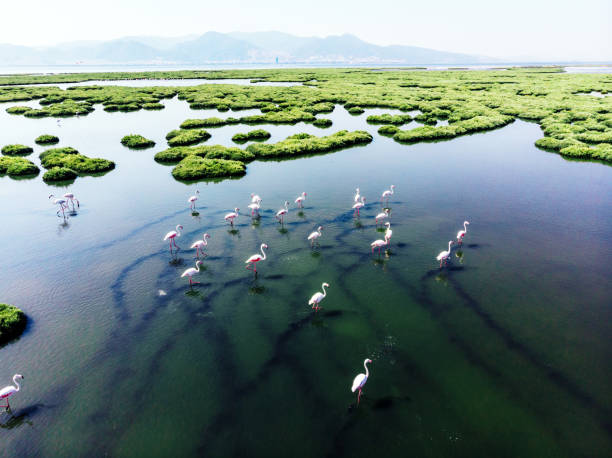
Among the most fruitful ecosystems on the planet, wetlands offer a multitude of advantages, such as:
Water quality improvement: By filtering contaminants and excess nutrients from the water, wetlands help to maintain water quality. Flood control: Wetlands absorb and store excess water during floods, acting as natural sponges.
Erosion control:A vast range of plants and animals, including many endangered species, rely on wetlands for food and shelter. Wetland vegetation stabilizes soil and prevents erosion.

Wetlands are one of the most endangered ecosystems in the world, despite their significance. They are disappearing at a startling rate as a result of pollution, filling, and drainage.

A framework for national and international action for the preservation and prudent use of wetlands and their resources is provided by the Ramsar Convention. Worldwide, the treaty has identified more than 2,400 wetland locations as Wetlands of International Importance.
![Panoramic scenery of the misty bog lake on the dawn colors Panoramic scenery of the misty bog lake on the dawn colors on the Tolkuse bog nature trail, Luitemaa NR, Estonia Ramsar Convention] stock pictures, royalty-free photos & images](https://media.istockphoto.com/id/1437877471/photo/panoramic-scenery-of-the-misty-bog-lake-on-the-dawn-colors.jpg?s=612x612&w=0&k=20&c=dSLg1fnxELi5q6AREWWXVx1SM2qwLmje878iH7I2Gcg=)
Wetlands are thought to cover between 570 million and 700 million hectares worldwide. This is probably an underestimation, though, because many wetlands are tiny and challenging to map.
Both people and the ecosystem suffer greatly when wetlands are lost. Restoring and safeguarding these priceless ecosystems is crucial.
The idea of a "wetland city" is relatively new, despite the fact that India possesses a vast network of wetlands. It describes a city that places a high value on its wetlands, whether they are man-made or natural. These cities' efforts to preserve these important ecosystems earn them acclaim on a global scale.

Two Indian cities have been designated as "Wetland Cities" in accordance with the Ramsar Convention as of February 2025:
Indore:renowned for its water bird gathering and Sirpur Lake, a Ramsar site. It is being aggressively developed as a bird sanctuary by the city.
Udaipur:The five main wetlands of Pichola, Fateh Sagar, Rang Sagar, Swaroop Sagar, and Doodh Talai encircle Udaipur.
Given its ecological, social, and economic significance, these cities have shown a dedication to the preservation and prudent use of their urban wetlands.

Cities are encouraged to respect their wetlands through the voluntary Wetland City Accreditation (WCA) program. It gives cities a framework for achieving recognition on a global scale for their sustainable urban development and wetland conservation initiatives.
The city must renew the accreditation after six years to show that it is still committed to satisfying the requirements. This guarantees that recognized cities continue to manage and preserve their wetlands.
Indore and Udaipur have joined a global network of cities dedicated to incorporating wetlands into their urban planning and development by being designated as Wetland Cities. In addition to generating favorable press, this designation highlights the value of wetlands for a healthy urban environment and supports sustainable activities.









